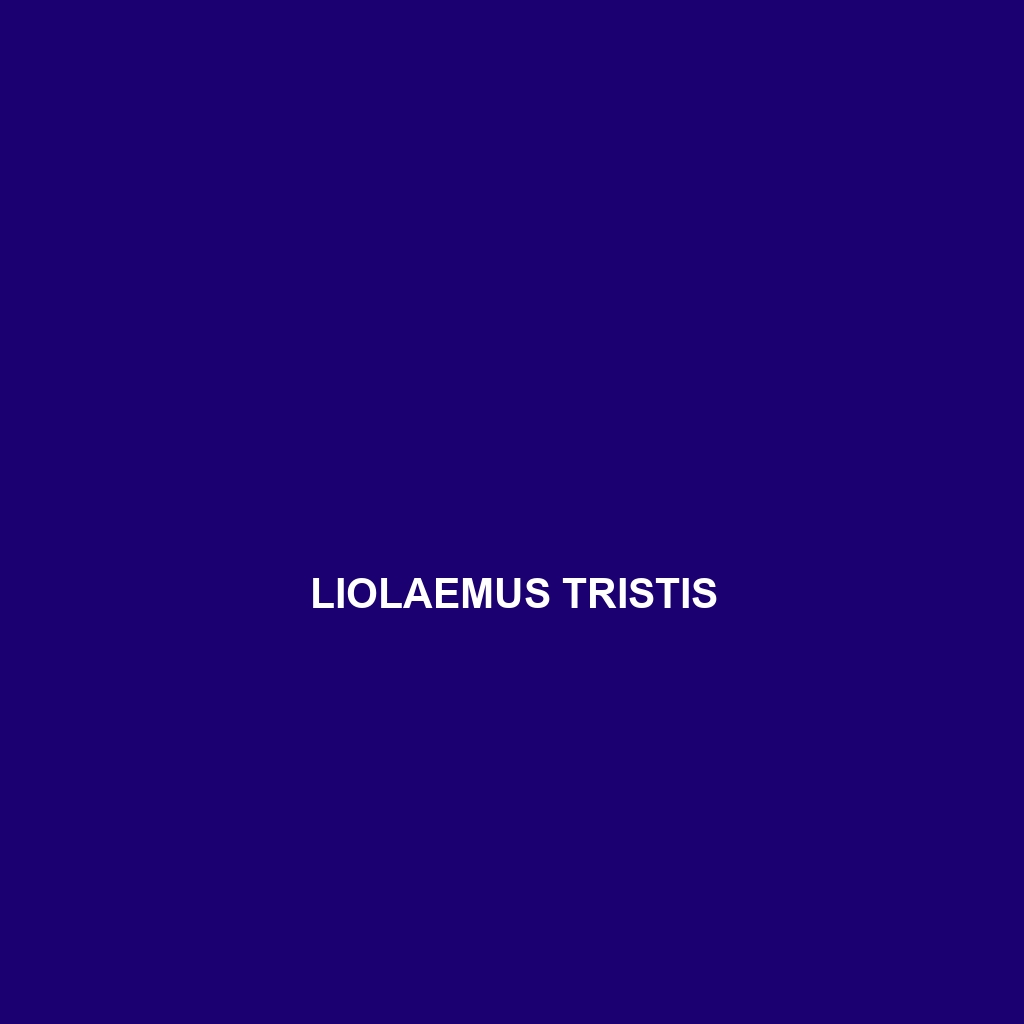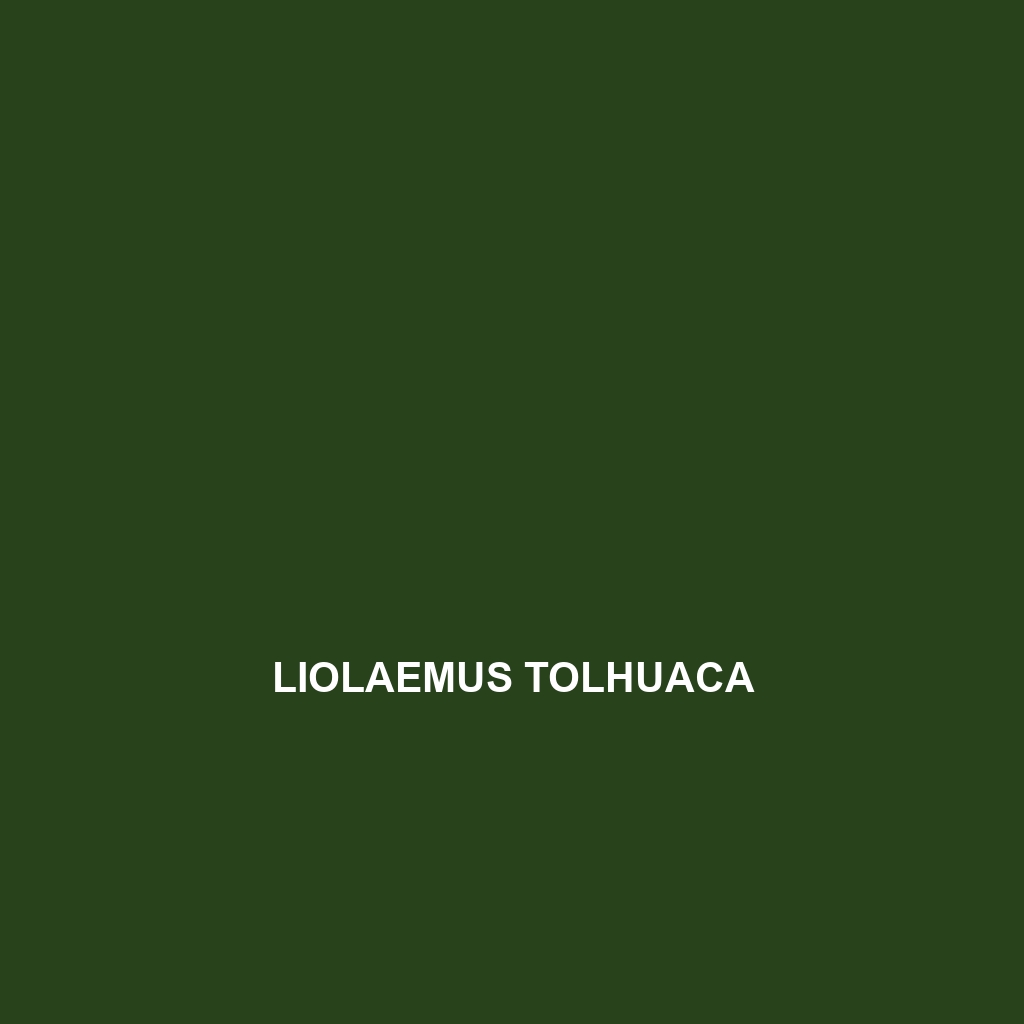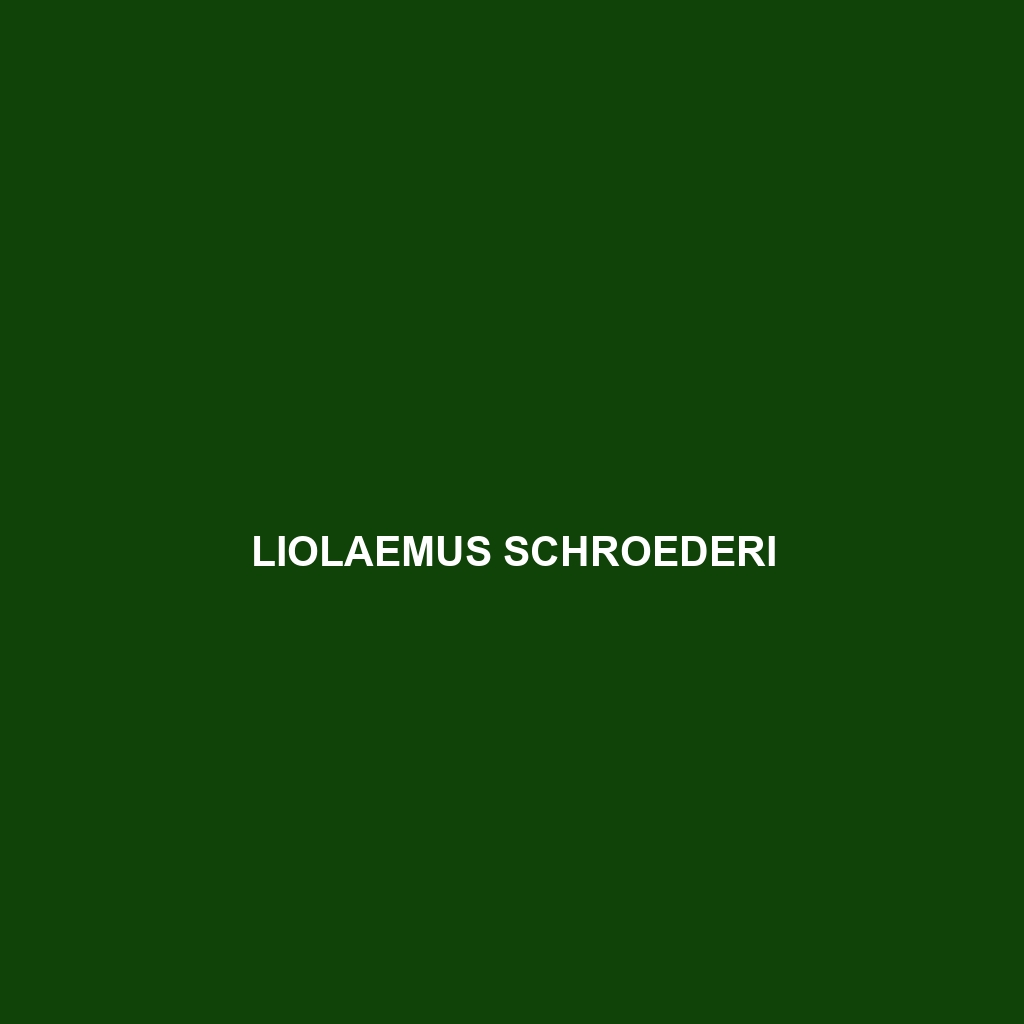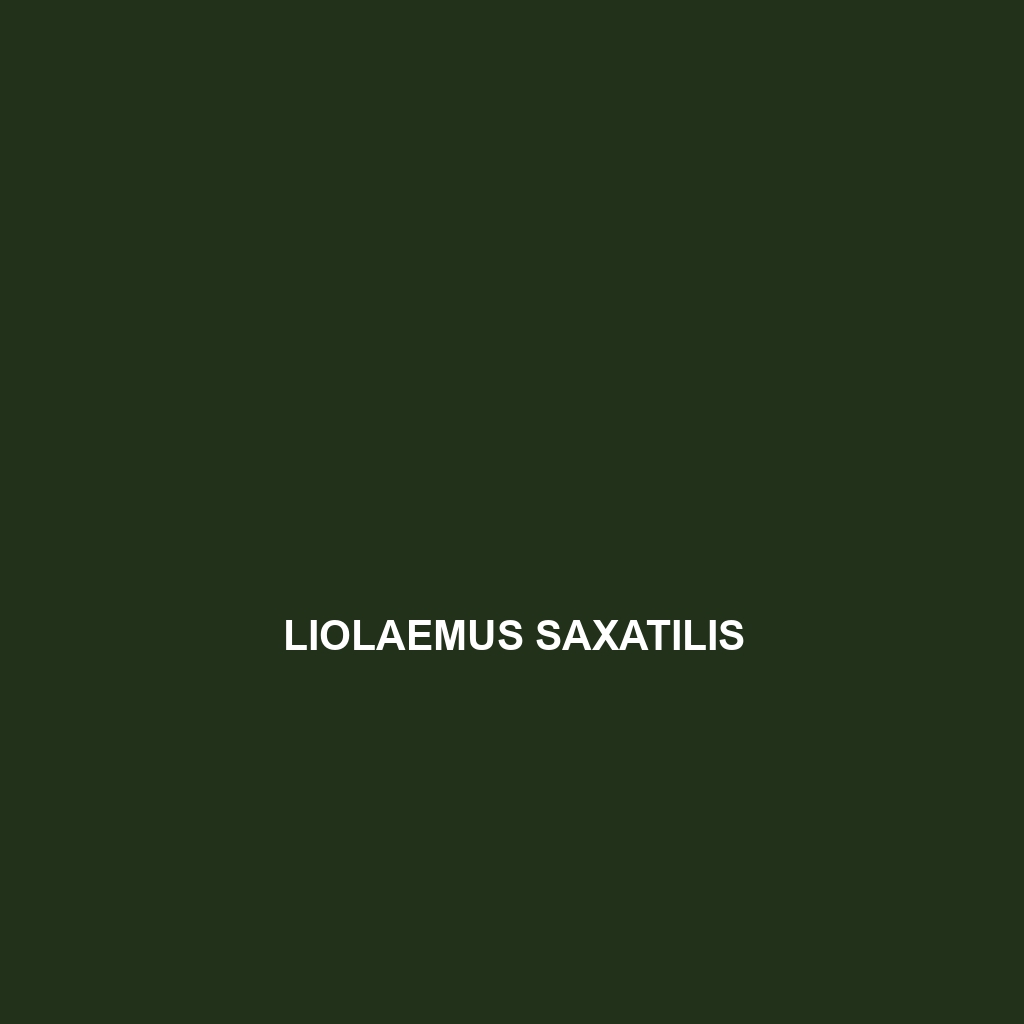The Liolaemus yatel, also known as the Yatel lizard, is a vibrant, diurnal species native to the temperate forests of the southern Andes in Chile, characterized by its robust body, seasonal color variation, and unique ovoviviparous reproduction. This vulnerable species plays a vital role in its ecosystem by regulating insect populations and serving as a food source for larger predators.
Tag: Chilean lizard
Liolaemus vhagar
Liolaemus vhagar, commonly found in the Andean mountains of Chile and Argentina, is a medium-sized, diurnal lizard characterized by its robust body and earthy coloration that aids in camouflage. As an insectivore, it plays a crucial role in maintaining ecosystem balance while showcasing unique behaviors such as territorial displays and seasonal migration.
Liolaemus victormoralesii
Explore the unique features of <b>Liolaemus victormoralesii</b>, a vulnerable lizard native to the temperate forests of southern Chile, distinguished by its vibrant coloration, diurnal behavior, and critical role in controlling insect populations. This insectivore thrives in diverse habitats, showcasing adaptability and remarkable communication skills.
Liolaemus tristis
<p><b>Liolaemus tristis</b> is a slender lizard native to the temperate forests and grasslands of central Chile and Argentina, characterized by its dark brown to olive green coloration, diurnal foraging habits, and territorial behavior. As an insectivore, it plays a crucial role in controlling insect populations within its ecosystem, while its live-bearing reproductive strategy ensures the survival of its young in a variety of habitats.</p>
Liolaemus torresi
Liolaemus torresi, a moderately sized lizard native to central Chile's arid regions, showcases vibrant coloration and thrives in rocky terrains. This unique species is primarily insectivorous, exhibits fascinating diurnal behaviors, and plays a vital role in its ecosystem by controlling insect populations.
Liolaemus tolhuaca
<b>Liolaemus tolhuaca</b>, a slender lizard native to the temperate forests of the Andes Mountains in southern Chile, measures 10 to 15 centimeters, exhibits earth-toned coloration for camouflage, and plays a vital role in its ecosystem by regulating insect populations and serving as prey for larger animals. This species is listed as vulnerable due to habitat loss, making conservation efforts essential for its survival.
Liolaemus shehuen
<b>Liolaemus shehuen</b> is a slender lizard species native to the temperate forests of southern Chile and Argentina, exhibiting a remarkable range of color patterns for camouflage. Primarily insectivorous and displaying fascinating behavioral patterns, this species plays an essential role in maintaining ecological balance within its habitat.
Liolaemus schroederi
Liolaemus schroederi, also known as the Andean Lizard, is a remarkable insectivore found in the temperate forests and semi-arid regions of Chile, displaying a distinctive elongated body and variable coloration for effective camouflage. This adaptable species plays a vital role in its ecosystem by regulating insect populations and serving as prey for larger animals.
Liolaemus saxatilis
The Liolaemus saxatilis, commonly found in the arid regions of northern Chile, particularly the Atacama Desert, is a slender lizard characterized by its striking colors and banding patterns. Adapted to a diet mainly consisting of insects, this diurnal species plays a vital ecological role in controlling insect populations and maintaining ecosystem balance.
Liolaemus salitrosus
Discover the remarkable <b>Liolaemus salitrosus</b>, a slender, insectivorous lizard thriving in the harsh, saline deserts of northern Chile, characterized by its sandy brown and green camouflage, specialized toe pads for navigating rocky terrains, and unique adaptations that allow it to flourish in extreme environments. This vulnerable species plays a crucial role in its ecosystem, balancing insect populations and contributing to biodiversity.








